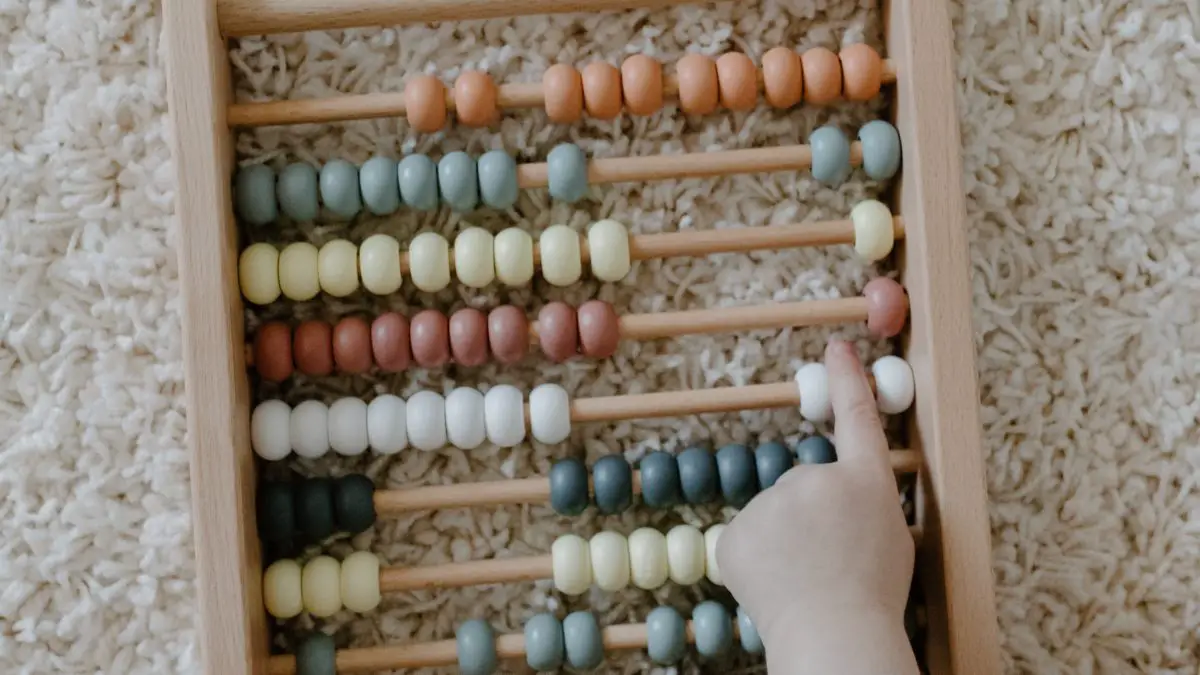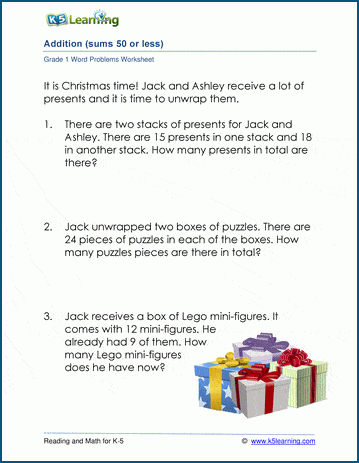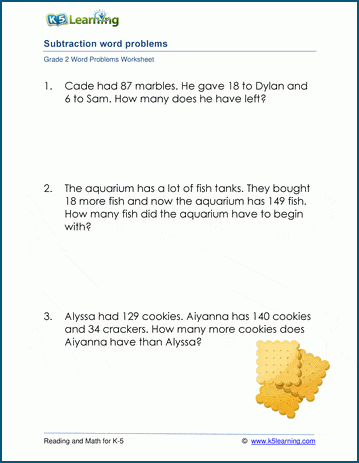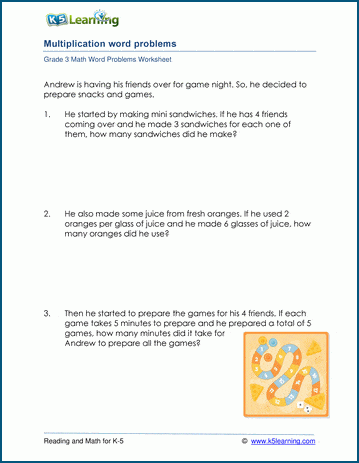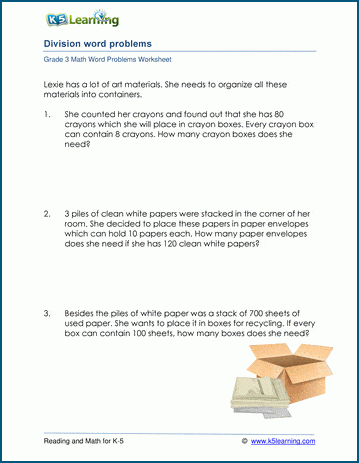When you need to give additional information or expand further on a point, some addition transition words will help you communicate clearly.
You might know some common words for addition such as:
- And
- Also
- Too
- In addition
- Additionally
- As well (as)
- Plus
- Besides
- Another
In this article we will cover all of these and give examples of how to use them, but we will also look at some less common transition words for addition which you might want to add to your vocabulary.
What are addition transition words used for?
The purpose of using transition words for addition is to signal to your reader or listener that what you are about to say (or have just said) is in some way linked to what you previously mentioned.
It is important that the two clauses, sentences or paragraphs are logically connected, though.
For example, consider the sentence: My dog’s name is Jerry and it’s a sunny day today. Although grammatically correct, the two pieces of information are not linked in any way, so it doesn’t make sense to join them like this.
Adding phrases and expressions (also called discourse markers of addition) are helpful for structuring points in an essay, article, or presentation, as well as in everyday conversation. However, some more formal addition words are best reserved for academic works or other formal pieces of writing. We have some more information on this later.
Common words for addition
We already mentioned some of the most common adding words like ‘in addition’, ‘and’, ‘also’, ‘as well (as)’, ‘besides’ and ‘too’.
You are probably familiar with how to use and to join two clauses in a sentence:
“I work at the supermarket on Saturdays and Sundays.”
“Jerry and Selina both like go-karting.”
But not all of these words follow the same pattern.
Usage note: too and also
It can be confusing knowing where to place too and also in a sentence, so here is a quick guide:
Too usually comes at the end of a sentence:
“James loves chocolate ice cream and I do, too.”
“We went on holiday to France but we visited Italy for three days too.”
It can also come mid-sentence:
“I, too, am passionate about helping disadvantaged people.”
“They, too, went to the park at the weekend.”
For more about using too, have a look at this article.
Also usually comes before the main verb:
“Joanna also likes riding horses.”
“We have also had an excellent month of sales.”
The exception is where the main verb is ‘be’ (and there are no auxiliary verbs), in which case also comes after ‘be’:
“Liam is a good runner and he’s also good at swimming.”
“I think we should paint the bedroom blue, but purple is also a good idea.”
In informal American English, also may be used at the end of a sentence, in the same way as too. This structure isn’t used in British English, though.
Usage note: as well and as well as
As well is used at the end of a sentence, just like too:
“Are you coming to the party as well?”
“They went shopping and watched a movie as well.”
As well as is a conjunction and can be used at the beginning or in the middle of a sentence:
“My husband is good-looking as well as intelligent.”
“As well as bread, the bakery sells cakes and local jams.”
Usage note: besides
We use besides when we are supporting what we have previously said, but adding something on a slightly different topic. We can use besides when stating an opinion, giving advice, or supporting one side of an argument:
“You’re too young to be going out to a party. Besides, you have school in the morning.”
“I think you should try speed dating. You could meet the man of your dreams, and besides, you’ve got nothing to lose!”
Read more: What’s the difference between beside and besides?
More formal transition words for addition
The following words and phrases are all used at the beginning of a sentence or paragraph to show that you’re about to give additional information. They are typically used in more formal contexts, and are more often written than spoken.
- Moreover
- Furthermore
- Further to this/that
- In addition (to this/that)
- Additionally
- In the same way/fashion
- Likewise
- Coupled with
“Our company has a proven track record in the field of SEO. In addition, we’ve recently added three industry experts to our management team.”
“The plans to build a new supermarket will have a negative impact on smaller local businesses. Furthermore, we will lose a valuable area of park land.”
“We have lost customers this year because of everything moving online. Coupled with high inflation rates, it has been a tough year for the business.”
Remember that we use these to add additional, supporting information. This means that if the previous point was positive, we’re adding more positive information and vice versa. If you want to add contrasting information, you’ll need some transition words for comparing and contrasting.
Some other words for addition
The following addition transition words are suitable for everyday use, whether you’re having a conversation, sending an email, or writing an article.
- What’s more
- On top of this/that
- Equally
- Another thing
- Not to mention
- Similarly
- Together with
- To say nothing of
“Yulia sang her recital perfectly last night and received a standing ovation. What’s more, she won an award for it!”
“Alan seems like a strong candidate for the job. Equally, Irene has a lot of experience in a similar role.”
“It’s going to take us all day to remove the old wallpaper, to say nothing of how long it’ll take to paint the walls.”
“Our family enjoys a long walk every Saturday afternoon, together with our neighbours.”
Some of these can also be used as transition words for similarities.
Two-part phrases for addition
Finally, let’s look at some two-part discourse markers for addition:
- Both … and …
- Not only … but also …
- Neither … nor …
Well, technically the last one is for exclusion rather than addition, but it works in the same way so seems relevant to include here.
Here are some examples of these addition transition phrases in use:
“Both Jenny and Elijah have their birthdays on 17th April.”
“Not only does this new model have a larger screen, but also a 20% better battery life than its predecessor.”
“Neither the manager nor the security guard was on site when the robbery occurred.”
That’s all we have on the topic of transition words for addition. If you find these vocabulary terms helpful or you have any questions about how to use them correctly, please leave a comment below.
You might also want to check out some similar topics:
Cause and effect transition words
Discourse markers for giving examples
Discourse markers for order and structure
Summary and conclusion transition words
Do you want to be more confident using English? Why not try Grammarly’s free proofreading tool. It checks as you write and helps you correct and improve your spelling and grammar.
When working out what operation to use in a word problem, there are some key phrases students should look out for. Let’s take you through the key phrases and use them in examples.
Key phrases for addition word problems
Find the total. How many altogether? How many are there?
If asked the above, the word problem involves addition.
For example:
There are 14 goldfish in a water tank. Kerri put in 23 more goldfish in the tank. How many goldfish are there?
Answer: 14+ 23= 37. There are 37 goldfish in the tank.
Addition word problem worksheets
Starting in kindergarten, we’ve created addition word problems for students to practice. By grade 3, we’ve compiled mixed number word problems with addition as well.
Here’s an example of word problems of addition with sums of 50 or less from our grade 1 word problem section:
Key phrases for subtraction word problems
What is the difference? How many more? How many less?
If asked the above, the word problem involves subtraction.
For example: Mrs. Sheridan has 11cats. Mrs. Garrett has 24 cats. How many more cats does Mrs. Garrett have than Mrs. Sheridan?
Answer: 24 –11 = 13. She has 13 more cats.
Subtraction word problem worksheets
Starting in kindergarten, we’ve created subtraction word problem for every grade. By grade 3, you’ll find subtraction included in the mixed word problems as well.
In grade 2, students work on 1-3 digit subtraction word problems.
Key phrases for multiplication word problems
How many of the same thing repeated?
If asked the above, the word problem involves multiplication.
For example: Tyler, an animal rights advocate, decided to build his own animal sanctuary to protect different animals.
500 yards away there was the aquatic reserve for freshwater organisms. If there are 6 lakes in that region, each having 175 different fish, how many fish does he have in total?
(How many groups of 175 fish are repeated across 6 lakes.)
Answer: 6 x 175 = 1,050. He has a total of 1,050 fish.
Multiplication word problem worksheets
Starting in grade 3, students work on multiplication word problems.
Key phrases for division word problems
How many equal groups? If share evenly, how many…? The same number.
If asked the above, the word problem involves division.
For example: Sheila has started writing a list of the gifts that she plans to give to her family and friends this Christmas.
For her classmates, she made colorful paper stars which will be placed in small clear bottles. She was able to prepare 45 paper stars. How many stars will be placed in each bottle if Sheila has 9classmates?
Answer: 45 ÷ 9 = 5. There will be 5 stars placed in each bottle.
Division word problem worksheets
Starting in grade 3, we have division word problems for students to practice.
Transition Words – ADDITION! In this article, you will find a full list of linking words relating to Addition in English.
- Furthermore
- Also
- Too
- Next
- Secondly
- Second
- And
- Or
- Nor
- First
- Last
- Lastly
- Further
- Again
- In addition
- As well
- Then
- Moreover
- Besides
- Specifically
- To illustrate
- For example
- To demonstrate
- Such as
- For instance
- As revealed by
- Finally
- Along
- By the same token
- Uniquely
- Like
- And all
- In line manner
- Still
- Likewise
- Along with
- Not only … but also
- What’s more
- Except for
- By the same
Common Addition Words | Image
Addition Linking words join ideas that are related to same topic. The list include different linking items, such as : and, also, too, as well, as well as,not only … but also … , besides, Moreover, furthermore, what’s more, in addition … These items have got different uses. We will try to clarify these differences through examples we will mentions below :
And :
Peter is hardworking and intelligent.
Too :
Pette is hardworking .He’s intelligent too.
As well
Petter is hardworking . He’s intelligent as well.
Also :
Petter is hardworking . He’s also intelligent.
As well as :
Petter speaks English as well as French
Not only ….. but also …
Petter is not only hardworking but also intelligent
- Moreover / besides / furthermore / what’s more / in addition
Voluntary work is very important for the development of the society. For example, it is the best way to help people in need like orphans and poor children. Besides, this type of work helps youth to learn more and gain more experiences, especially when working in organisations .In addition, it teaches them how to be cooperative and helpful in society. Moreover (furthermore, what’s more), voluntary work spreads love among communities.
More Examples related to ” Women and Power” Unit :
- Fouad is not only good at volleyball but he is also a fantastic handball player.
- Helen Keller was a woman of luminous intelligence, high ambition and great accomplishment. In addition, she devoted her life to helping others.
- Moroccan women need education as well as health care.
- Greenpeace works to preserve the environment. Besides, it is an non-profit organization.
- Educated women have a big influence on society. Moreover, they contribute to the welfare of their families.
- Educated women look after their houses. They also work outside their homes.
How do you connect your ideas when writing? Have you ever felt bored of using “and” so many in your essay or speech? In this article, we’ll learn some most frequently used linking words for adding information (addition). Now, let’s get started!
Also
This is used to give more information or ideas. It can be put at the beginning of a sentence, or between the subject and the verb.
For example:
- Music has a great impact on our mental health. It’s also a useful tool to help us learn languages.
- We did a lot of sightseeing on our vacation. We also bought a number of souvenirs.
Besides/Besides this/Besides that
This is usually placed at the beginning of a sentence. It is used to make an additional point.
For example:
- Traffic congestion is a problem in my city. Besides this, the trains are very expensive.
- I can’t afford to go to the concert. Besides, I don’t really like classical music.
Pro tip: For those who are more likely to use smartphones, eJOY Epic is a great app for learning English with step-by-step courses generated from authentic videos. You can easily learn and apply not only the common linking words but also phrases and expressions that natives use every day.
Learn English with eJOY Epic now
As well as
‘As well as’ is another linking words for adding information. This phrase can be used in the beginning of a sentence or in the middle of a sentence. “As well as” must be followed by another word. “As well” can stay at the end of a sentence (similarly to “too”).
For example:
- As well as being unemployed, Michal is running out of money.
- She’s not only extremely successful, she’s beautiful as well.
- She’s beautiful as well as being extremely successful.
In addition/ Additionally (more formal)
In addition (a preposition) and additionally (an adverb) are connective words that add information in one clause to the information in the next clause. The words are separated by a comma (,).
For example:
- Our new director can speak three languages. In addition, he has six years of experience.
- People who exercise regularly have more energy during the day and sleep better at night. Additionally, they tend to live longer.
And
‘And’ is the most common word used in English and is a linking word in order to add extra information.
For example:
- She loves reading, traveling, and playing guitar.
Too
The word ‘too’ is another common word in English used as a linking word which goes either at the end of a sentence or after a subject and means as well.
For example:
- She looks really tired and she must be really hungry too.
- I too think she is gorgeous.
Moreover/Furthermore/ Further
These linking words are usually used at the beginning of a sentence to add another idea or further develop the previous point.
Example:
- Listening to music helps us relax. Moreover, it can help to improve our memory.
- The house is beautiful. Furthermore, it’s in a great location.
What’s more (more informal)
“What’s more” is used to add more information that emphasizes what you are saying.
For example:
- I’ve been fortunate to find a career that I love and, what’s more, I get well paid for it.
.png)
How many linking words for adding information you have known so far? What is your most frequently used word? (Americachip) It’d be boring if we use the same words over and over in our writing. Try to vary the words we use to enrich our writing!
And don’t forget to make a sentence with one of those linking words, then share your sentence in the comments below.

